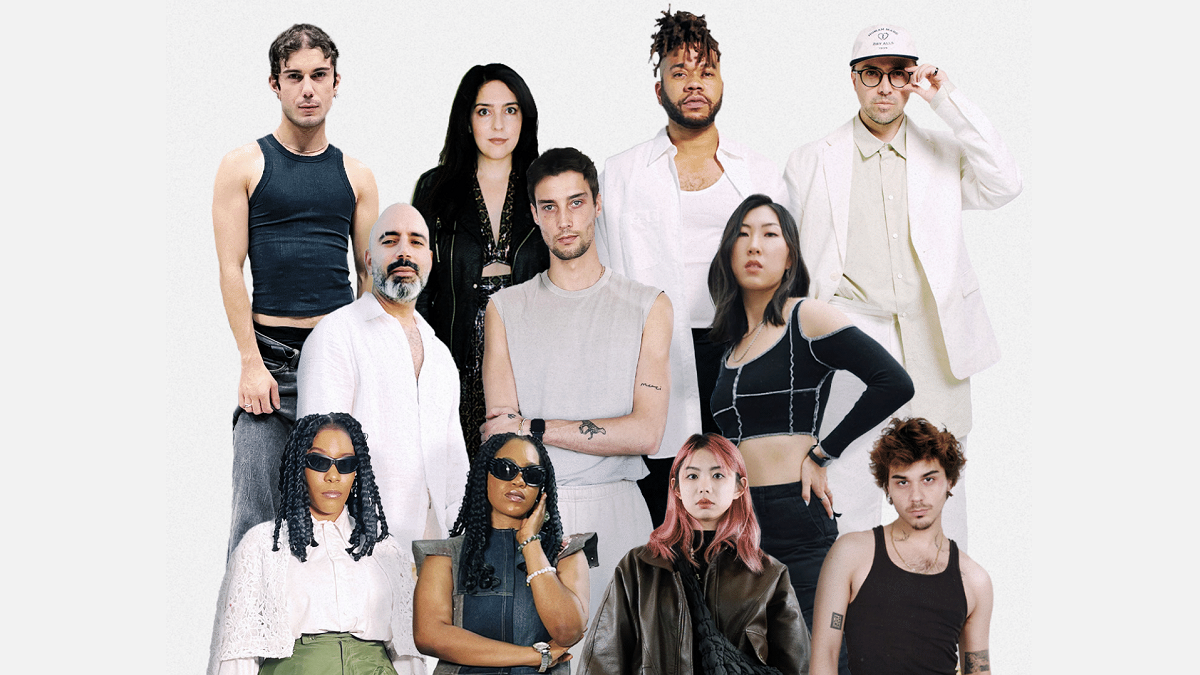The Challenge
Luxury fashion’s move into digital demanded more than another NFT marketplace; it needed a platform that captured the emotion of couture and resonated with both Web3 natives and traditional luxury audiences.
Joining SYKY just three months in, I stepped into a true 0-to-1 challenge: shaping the UX, brand presence, and end-to-end digital experience from scratch, while building design processes and team workflows. With evolving leadership and priorities, the goal was to deliver a visually striking, user-focused platform that balanced storytelling, commerce, and discovery on time for Fashion Week.




